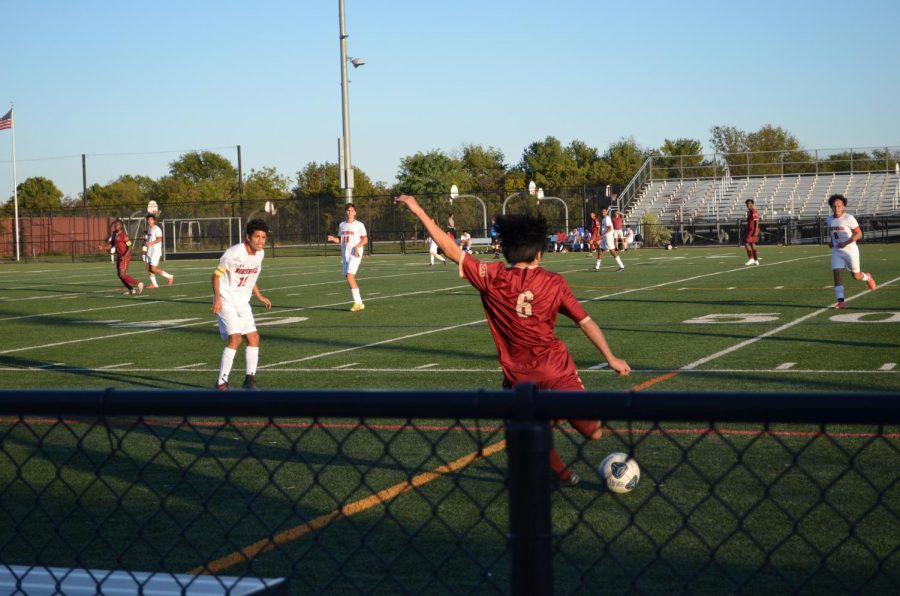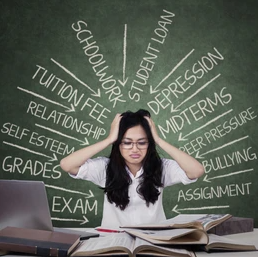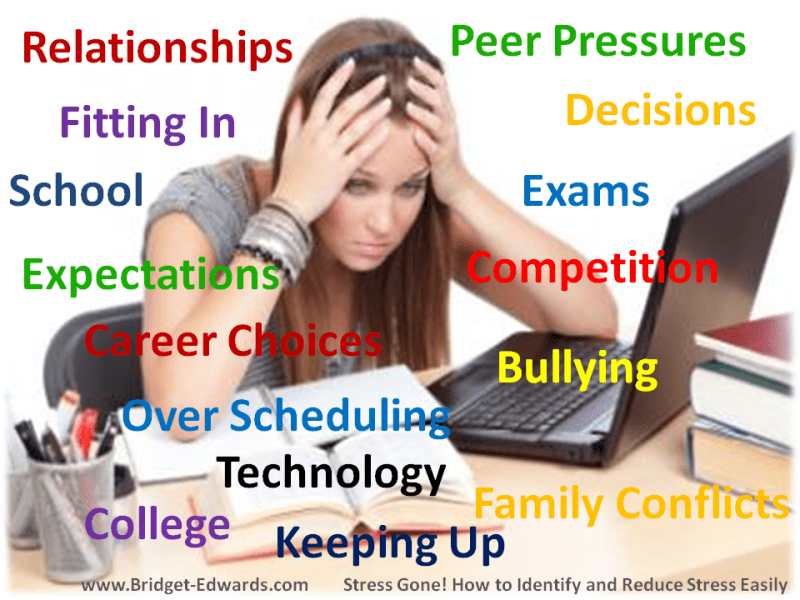Do Schools Care about Students’ Mental Health?
June 7, 2021
School can be a lot to keep up with. Students have to deal with working to earn good grades, peer pressure, bullying, completing and doing assignments on time, and maintaining a social life. All this can have an impact on a student’s mental health.
In today’s society, mental health is becoming a more openly talked about issue and is much less taboo than it has been in the past. Even though society is becoming more accepting of the presence of mental health issues in individuals, it still seems that when it comes to the mental health of teens, schools, at times, seem to be too dismissive of these issues.
“Teenage drama” is a term that is too loosely thrown around by adults who are trying to cast out every shadow of a doubt that mental health problems could exist inside the minds of their own children or, in the case of schools, pupils. Schools refuse to recognize that, in some cases, school itself is actually the problem. I sometimes question whether staff are being properly educated on what mental health issues look like in young people.
Anxiety is not a pupil getting nervous in front of the class when they have to give a speech or presentation. Anxiety is a pupil going hungry at lunch because they cannot physically and emotionally handle the task of ordering or asking for food in the lunch line.
Stress is not a throwaway line uttered by a pupil who says, “I have field hockey and home economics today, I’m so stressed.” Stress is a pupil’s hair falling out because they cannot handle the fact that they have major assignments due in two classes on the same day and their grade is on the line.
Being bullied by your peers is not really like in the movies where the poor kid gets their books thrown on the ground and their head shoved in a toilet. True bullying is far more covert, more secretive. It’s whispers and rumors in the air; it’s not having anyone to sit with at lunch; it’s the feeling of slowly being cast out and not being able to do anything about it.
Schools, it feels, still do not understand much of this. What is the point of having mental health care systems in place if school staff cannot understand the signs and won’t refer pupils to get the help they desperately need? Simply watching the Netflix show 13 Reasons Why would help them to see what can happen when schools don’t intervene. For those not familiar with it, the show talks about suicide, grief, bullying, and assault (physical, emotional, and sexual).
According to the CDC, up to one in five kids living in the U.S. shows signs or symptoms of a mental health disorder in a given year. So in a school classroom of twenty-five students, five of them might be struggling with the same issues many adults deal with: depression, anxiety, and even substance abuse. And yet, according to a research article by Sheryl H. Kataoka, Lily Zhang, and Kenneth B. Wells on PubMed.org, most children, nearly 80 percent, who need mental health services won’t get them due to social pressure from other students, family, and school.
In a piece published by WRVO Public Media titled “Is health education in America comprehensive?” The authors note that students often take health for only one semester in one grade, when health is a topic that should be covered consistently, especially as students’ mental and physical health changes. Dr. David Birch, past president of the Society for Public Health Education follows, “health education is not taught the way it should be. There are many reasons, according to Dr. Birch, the first being that the lessons are not nearly comprehensive enough. Currently, many health classes teach basics like safe alcohol consumption and drug education, but that misses a lot. In those classes, it is often a physical education teacher instructing the course, but it is crucial for quality health education to include a passionately and professionally prepared school educator, a teacher trained in health education. Schools must learn to take their students’ lives and well-being seriously.”
Mental illness affects teenagers at alarming rates. According to the U.S. Health and Human Services Organization, suicide is the second leading cause of death for people between 15 and 24 years old. Also, according to the world health organization, “Nearly 90% of the world’s adolescents live in low- or middle-income countries and more than 90% of adolescent suicides are among adolescents living in those countries. Risk factors for suicide are multifaceted, including harmful use of alcohol, abuse in childhood, stigma against help-seeking, barriers to accessing care and access to mean.” For a lot of students, school is the only place that can help with their mental health.
According to a study by the Center for Health and Health Care in Schools, students who receive positive behavioral health interventions see improvements on a range of behaviors related to academic achievement, beyond letter grades or test scores. The report states, “Improvements include increased on-task learning behavior, better time management, strengthened goal-setting, and problem-solving skills, and decreased rates of absenteeism and suspensions.”
Schools desperately need to change their attitude towards mental health and find ways to improve all aspects of how mental health is approached in schools. This begins with school staff learning more about mental health for teens and undergoing more training to spot issues and improve understanding. Teachers should attend briefings and staff training days from mental health boards and societies to show them effective ways to help students. Mental health education is truly the difference between life and death, and we are far from powerless in our ability to save lives.












































